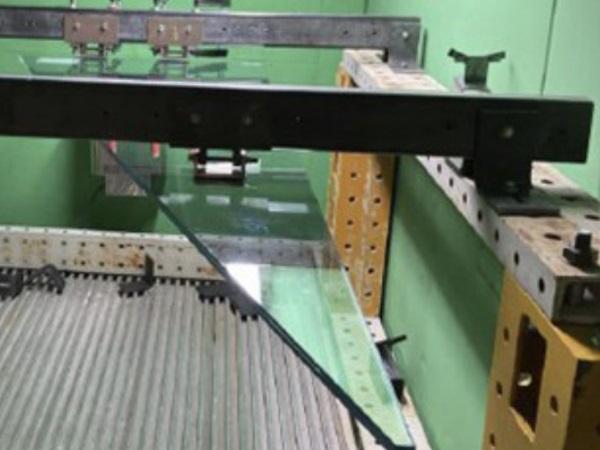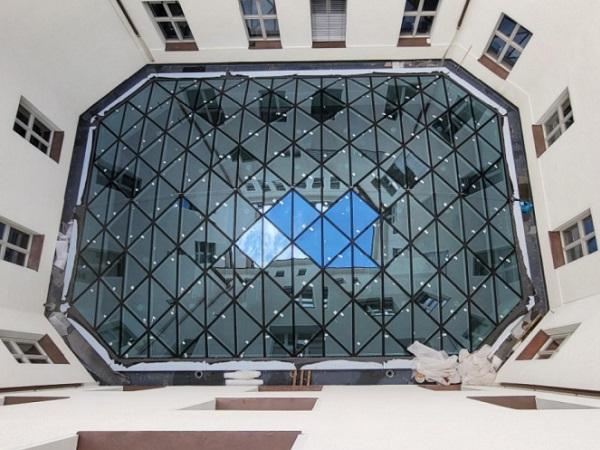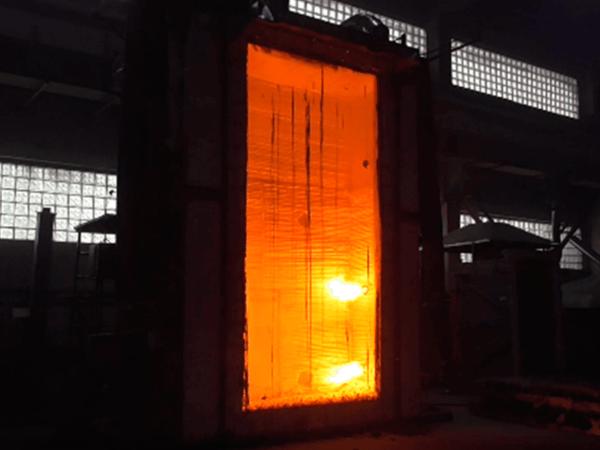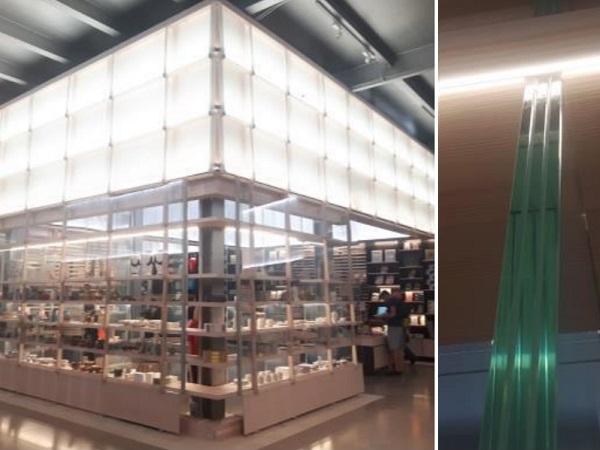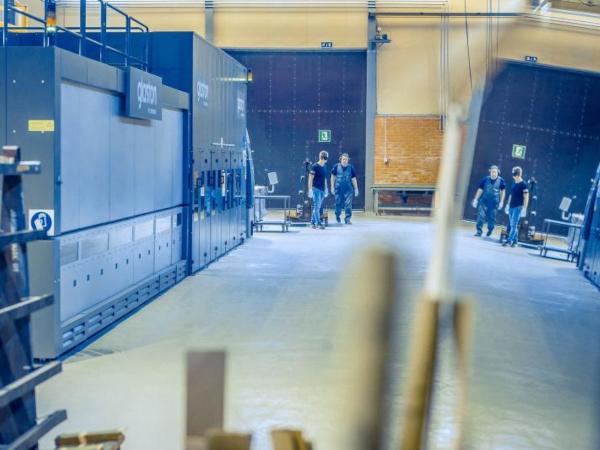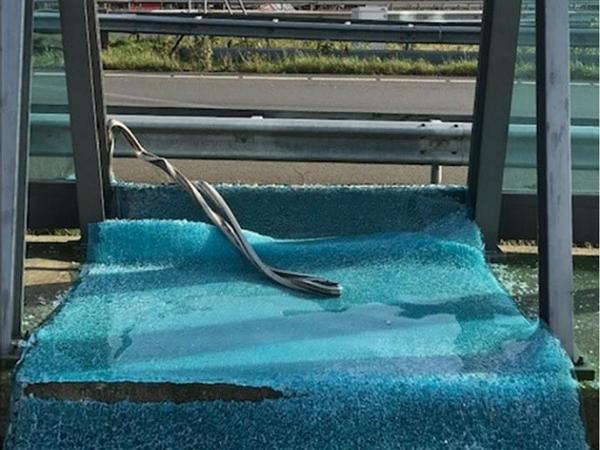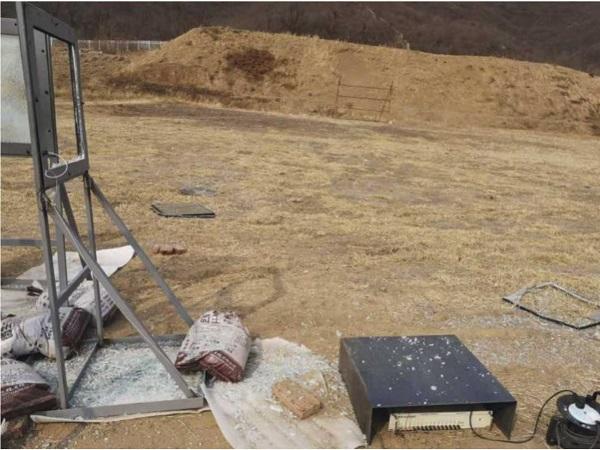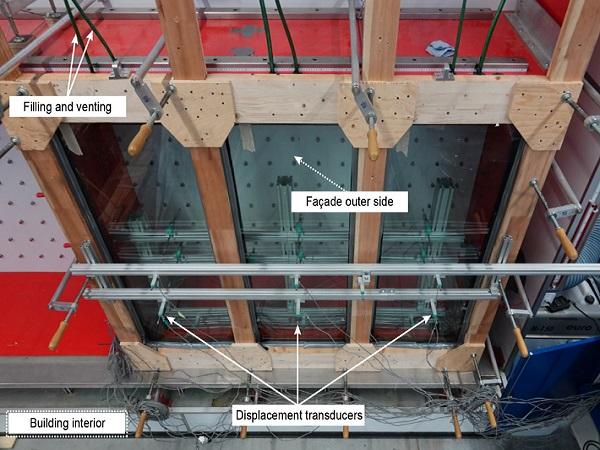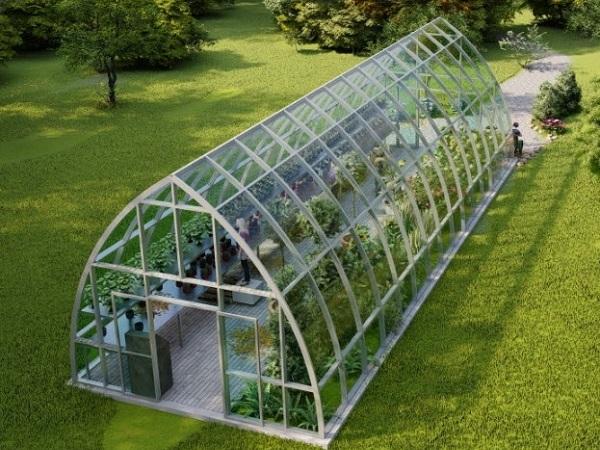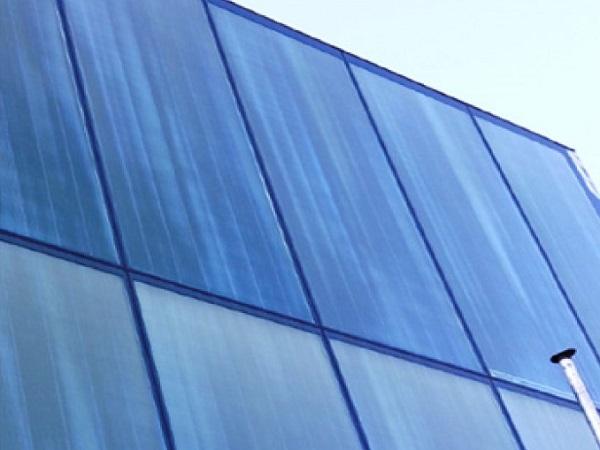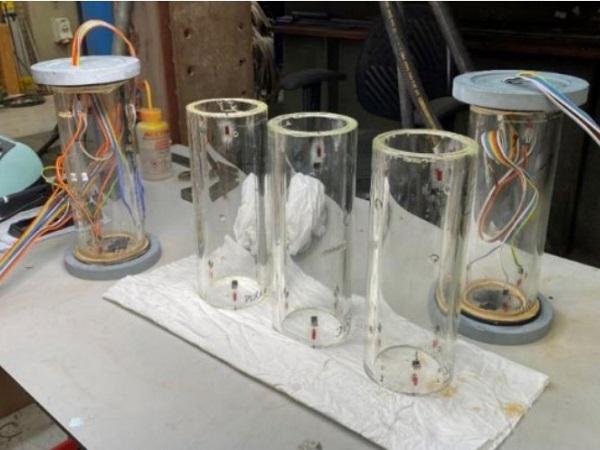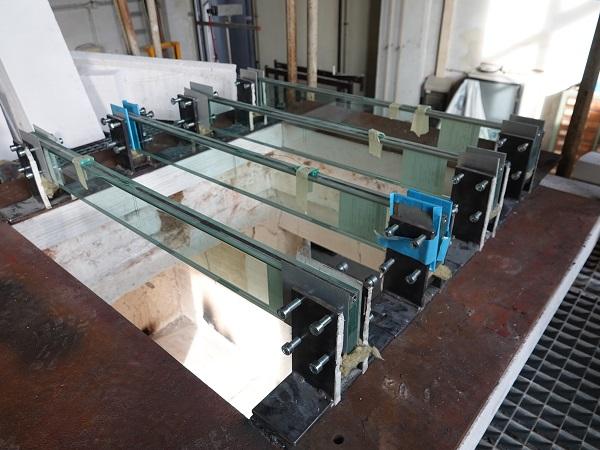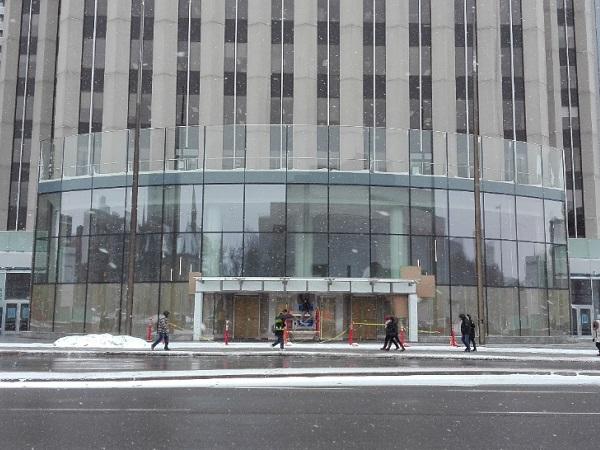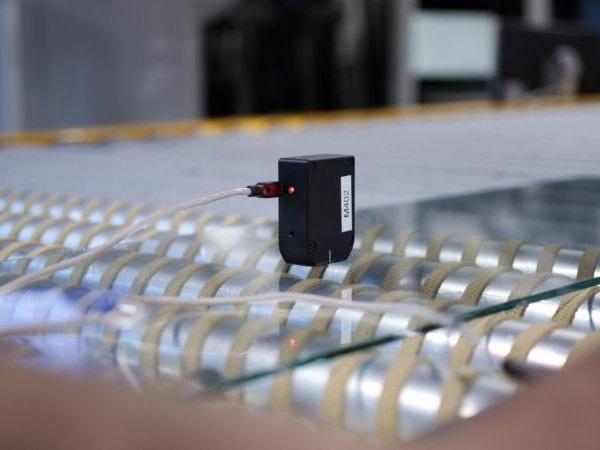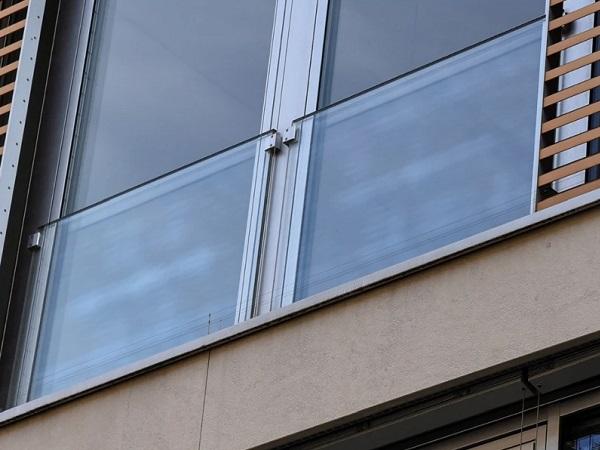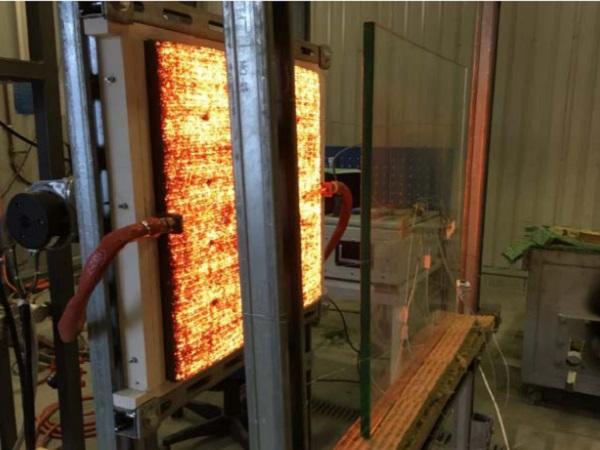Others also read
| Glass is a brittle material. After the stress due to loading exceeds the resistance, a breakage occurs, and the glass is no longer intact.
| Spontaneous breakage of fully tempered glass in facades is under control today when the heat soak process according to EN 14179-1 (2006/2016) is rigorously carried out.
| New fire-resistant load-bearing glass beams are under development and examined within a joint research project between Hero-Fire GmbH, Taupitz GmbH & Co. KG and Technische Universität Dresden.
The Effects of the Large-Scale Factor on the Integrity Parameters of Monolithic Fire-Resistant Glass
| Glass structures are subject to high fire safety requirements. Two methods are employed in this work: experimental studies of small-sized and large-sized samples and simulations of heating glass structures.
| This study delves into the critical aspects of fire safety in laminated glass.
| This study describes what to our knowledge is the first full scale fire resistance tests of Timber-Glass composites beams.
| This paper presents the results of an original test series carried out on monolithic glass panes with the dimensions of 500 × 500 mm2 and different thicknesses, under the exposure to radiant heating.
| In the latest Glastory blog, Jukka Immonen shares some practical tips for optimizing energy consumption in automotive glass production. From preprocessing to final inspection, there is huge potential every step of the way.
| Overview of Design Issues, Experimental Research, and Developments
| Read the latest Glastory blog by Taneli Ylinen.
| A study was made of the impact resistance of annealed, heat-strengthened, and fully tempered laminated glass using test panels.
| The impact of building glass breakage on personnel injury was considered in this model.
| In this third episode of the #AskGlaston flat tempering series, Taneli Ylinen deals with the commonly asked question of how to handle the issues with mixed production.
| This paper presents a study on the development of a bonded edge seal for fluid-filled insulating glass units.
| The results of the classification of hail resistance classes for different materials for greenhouse enclosures are presented in this paper.
| In this paper, we present the development of an intrinsic parameter σQM characterizing the sensitivity of a coating (or configuration) to the quench marks.
| This research revolves around the design, fabrication and testing of tubular glass columns, with particular focus on their redundancy and fire-safety mechanisms.
| This study provides a closer look at fire performance of glass beams and proposes further examinations to increase the load-bearing capacity in case of fire.
| The economy globalizes. The industries concentrate. The productions become uniform. Cultural specificities disappear. About architecture and glass in architecture, it is the same phenomenon.
| “Going ahead of the Curve” is what the advertisement states outside of newly remodeled, Class A office building in Ottawa, Canada.
| In the second episode of #AskGlaston Flat Tempering Series, we will talk about the new solution to estimate the stress level in glass – online.
| This latest Glastory blog by Miika Äppelqvist is dealing with the areas of the tempering process that can be improved to make operations more efficient.
| In the present paper, optical anisotropy effects in architectural glass are evaluated using digital image processing.
| This paper focuses on a recently developed concept, in which glass is combined with timber to provide post-breakage strength and ductility.
| Industry demand for impeccable glass quality has increased notably over the last years. Customer expectations run high, forcing glass processors to strive for ever-stricter quality control and ensure minimal rejection rates for finished products.

